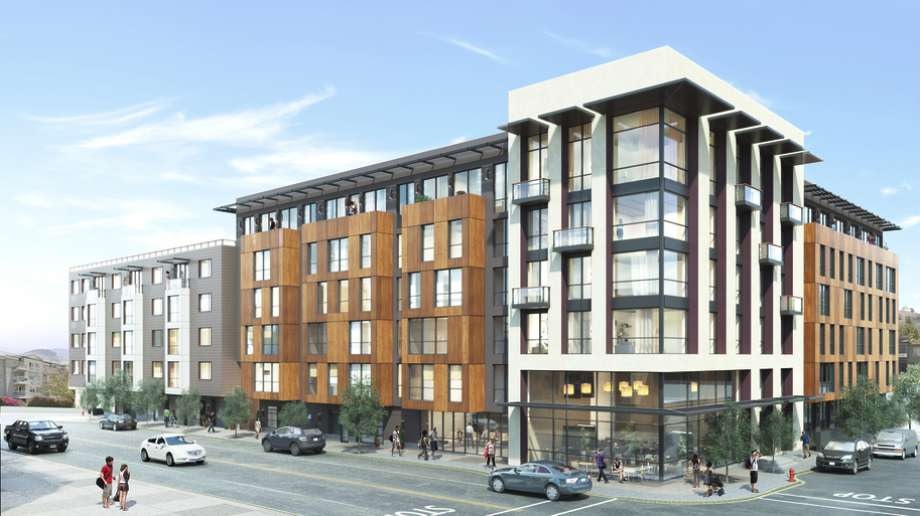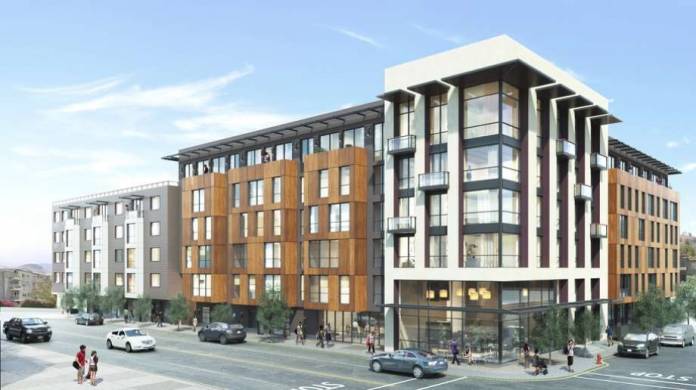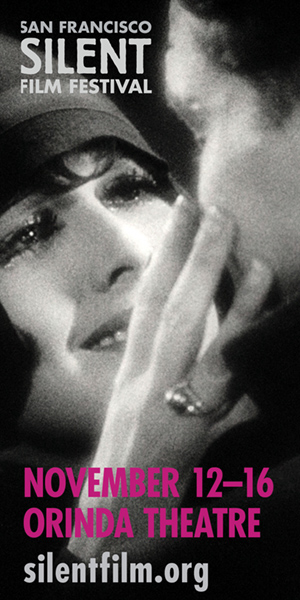There’s more and more evidence that the Eastern Neighborhoods Plan, which since 2008 has guided development in a large swath of San Francisco, is out of date and no longer terribly useful in analyzing major development project. And that will come to the test this week at the Board of Supes.
Here’s the background:
In 2008, the city adopted a sweeping plan that was supposed to bring new housing to the Mission, Soma, Bayview, and other areas on the east side of town. The idea was to allow residential use in what were then largely industrial areas. The planners freely acknowledged that the result would be a huge loss of space of light industry, blue-collar jobs, and arts space. But that was the price of progress.

The Planning Department prepared, and the Planning Commission and Board of Supes approved, an Environmental Impact Report on the entire massive rezoning effort. That meant that individual projects in the area no longer needed site-specific environmental review. As long as the development meets the rules of the Eastern Neighborhoods Plan, it’s good to go.
But 2008 was a long time ago, and things have changed, radically, in this city. Back then, there were no Google buses. There was no Airbnb. The tech boom hadn’t happened. The massive, terrifying levels of displacement in the Mission hadn’t hit full bloom.
So on Tuesday/25 the supes will hear an appeal of a major residential project on 26th and South Van Ness that some Mission residents and businesses say is another gentrification bomb. And their argument, put forth by attorney Scott Weaver, is largely that the Eastern Neighborhoods EIR is no longer valid.
In a Sept. 12 letter, Weaver notes that the EIR
can no longer be relied upon to support the claimed exemption in the areas of, inter alia, direct, indirect, and cumulative impacts to: land use, consistency with area plans and policies, land use, recreation and open space, traffic and circulation, transit and transportation, health and safety, and impacts relative to the Calle 24 Latino Cultural District.
Help us save local journalism!
Every tax-deductible donation helps us grow to cover the issues that mean the most to our community. Become a 48 Hills Hero and support the only daily progressive news source in the Bay Area.
BTW, the Calle 24 Latino Cultural District didn’t exist in 2008, either. It was created more recently to try to preserve 24th Street from the fate of Valencia.
Weaver also argues that the 2008 EIR’s projections for market-rate housing development have been “exceeded when cumulative impacts are considered, ie past, present, and reasonably forseeable future projects.”
More: “Potential impacts [to Calle24] due to gentrification and displacement to businesses, residents, and nonprofits within the LCD, including impacts to cultural and historic resources, health and safety and increased traffic due to reverse commutes and shuttle buses have not been considered.”
The 1515 South Van Ness project has been controversial from the start. It calls for 157 units of mostly market-rate housing, and although the developer agreed to 25 percent affordable units to get the Planning Commission to approve it, the community still protested.
The adequacy of the 2008 EIR has been tested before, and at this point the supes haven’t yet taken the step of saying: Hey, things have changed, a lot, and we need to revisit this. But if there were ever a case study in why a project needs further review, it’s this one.
The Police Commission is going to have to make a decision soon on how to deal with the ever-recalcitrant Police Officers Association, which won’t sign off on the city’s new Use of Force rules. The POA, which has become a huge obstruction to all efforts at reform, says that it won’t agree to rules that bar officers from shooting at a moving vehicle.
Nobody in modern policing policy thinks it’s a good idea to shoot at a moving vehicle.
So the commission has declared an impasse, and now has to decide whether to just impose the new rules. There’s no meeting Wednesday/26, and a special meeting scheduled for Tuesday/1. We will update when we know more.
Dr. Rupa Marya, a UCSF doctor and health-care activist with the Do No Harm Coalition, has been in North Dakota for the Standing Rock protests, and will report back at an event Wednesday/26. The coalition was invited by the Standing Rock Sioux Tribe to meet with tribal health workers to assess how to keep a growing protest community healthy. The discussion will be moderated by Native American Health Alliance student coordinators Carolyn Kraus (Sault Ste. Marie Ojibwe, UC Berkeley-UCSF JMP) and Tyson Walker (White Mountain Apache, Pharmacy 2) featuring Bay Area tribal people, Anthony Sul and Luta Candelaria (Rumsen Ohlone) and April McGill (Yuki, Wappo, Little Lake Pomo) who have returned from Standing Rock and who will describe why the struggle for health and human dignity there is very much a part of what is happening in our own Bay Area. 5:30pm UCSF Cole Hall, 513 Parnassus. Info here.





